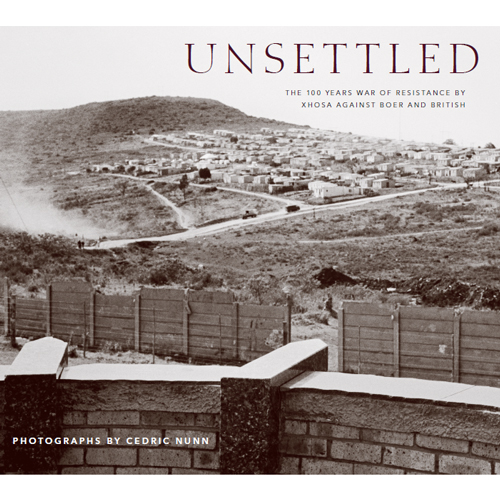 |
Lorraine O'Grady. Rivers, First Draft: The Woman in White continues grating coconut (1982/2015), Digital C-print in 48 parts, 16h x 20w inches.
Edition of 8 with 2 APs. Image via alexandergray.com. |
May 28 - June 27, 2015
Opening reception: Thursday, May 28, 2015, 6-8pm
510 West 26th Street
New York, NY
From alexandergray.com:
Alexander Gray Associates presents an exhibition of artworks by Lorraine O’Grady, focusing on two early series that are foundations for O’Grady’s performance and critical development, representing two approaches to finding one’s personal and artistic self. The exhibition debuts photographs of O’Grady’s performance work, Rivers, First Draft (1982/2015) and features selections from her first collages Cutting Out The New York Times (1977/2015). The works reveal the artist’s nuanced perspectives on art history—specifically Dada and Surrealism— and the topical issues of the late-1970s and early 1980s, when Multiculturalism and Feminism were articulated and tested in the art world. Typical for O’Grady’s practice, complex theoretical concerns collide with the mining of family history, and the works from this period result in deeply personal portraits of the artist’s community and values, taking form in New York—the city, its art world, and its media.
The exhibition includes a selection of collaged poems from the series, Cutting Out The New York Times. The series was created over twenty-six consecutive Sundays during the summer of 1977, resulting in twenty-six text-based images assembled from headlines and advertising tag-lines. O’Grady explains, “I would smoosh the cut scraps around on the floor until a poem appeared.” At that time, O’Grady was teaching the course “Futurist, Dada and Surrealist Literature” at the School of Visual Arts in New York, while simultaneously exploring alternative avenues of creative fulfillment and expression. Her interest lay in challenging the Dadaists’ and Surrealists’ embrace of the random and irrational as oppositional attitudes to rational Western society, O’Grady welcomed the random in order to expose and force meaning back into it, making instead “an effort to construct out of that random public language a private-self, to rescue a kind of rational madness from the irrational Western culture I felt inundated by.” Reproductions of the original collages are applied directly to the wall, moving the word from the page to three-dimensional space, further developing an aesthetic exercise, exploring a means of visual and performative expression beyond the purely linguistic. Relating the poems to Concrete Poetry, O’Grady creates their visuality through the linear and syncopating placement of the cut-outs. The juxtapositions of size and style between the typefaces add to the collages’ visual rhythm. The poems themselves touch on themes such as love, family, womanhood, hybridity, race, and self, subjects that would unfold in O’Grady’s subsequent performances and artworks.
Also included in the exhibition is an installation of the photographic series Rivers, First Draft (1982/2015), including forty-eight images of the 1982 performance O’Grady created for the public art program, “Art Across the Park.” Rivers, First Draft was performed in the Loch, a northern section of Central Park, on August 18 and was envisioned by O’Grady as a “collage-in-space,” with different actions taking place simultaneously on two sides of a stream and further up a hill. She describes the performance’s structure as a “three-ring circus,” in which multiple temporalities and micro-narratives coexist and speak to O’Grady’s life experiences. The narratives that compete for attention present multiple realities with the aim of uniting two different heritages, the Caribbean and New England, and three different ages and aspects of O’Grady’s self, family dynamics, and artistic identity. As O’Grady states, “In my work I keep trying to yoke together my underlying concerns as member of the human species with my concerns as a black woman in America… because I don’t see how history can be divorced from ontogeny and still produce meaningful political solutions.” The piece was performed only once, for a small invited audience of friends from Just Above Midtown gallery and the occasional passersby. It involved seventeen performers, including O’Grady, with precisely designed costumes and props. The characters were designated by their vibrantly colored clothing, such as the Woman in Red (O’Grady’s adult self), the Woman in White (O’Grady’s mother), the Teenager in Magenta (O’Grady’s adolescent self), the Young Man in Green, and the Black Male Artists in Yellow. Performed in the daylight, the lush green sun-dappled nature of the Loch was a prominent backdrop, adding to the conglomeration of saturated color and sound. O’Grady’s succinct selection and cropping of images reflect this simultaneity and the dream-like quality of the original performance. Only Kodachrome 35 mm slides of the piece survive to memorialize the event. In collaboration with Kodak, the 2015 manifestation of Rivers, First Draft captures the rich colors and deep contrasts of the performance, achieved with analog and digital technology and photographic paper from Kodak’s headquarters in Rochester, NY. For O’Grady, “The paper and the process created a perfect expression of the here and then of this new/old work.”








